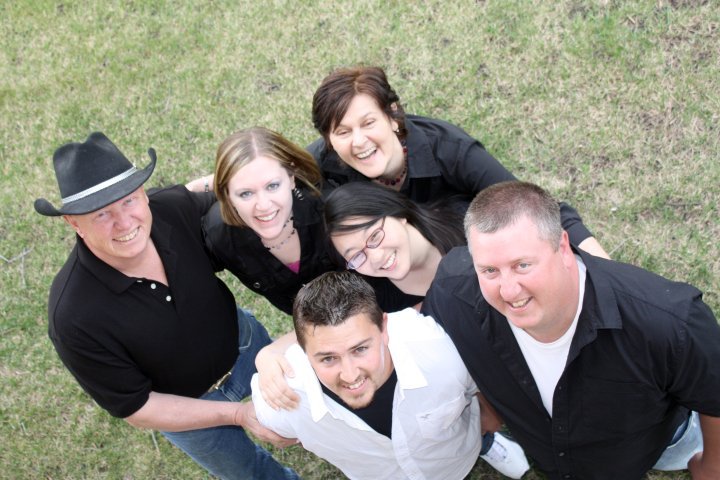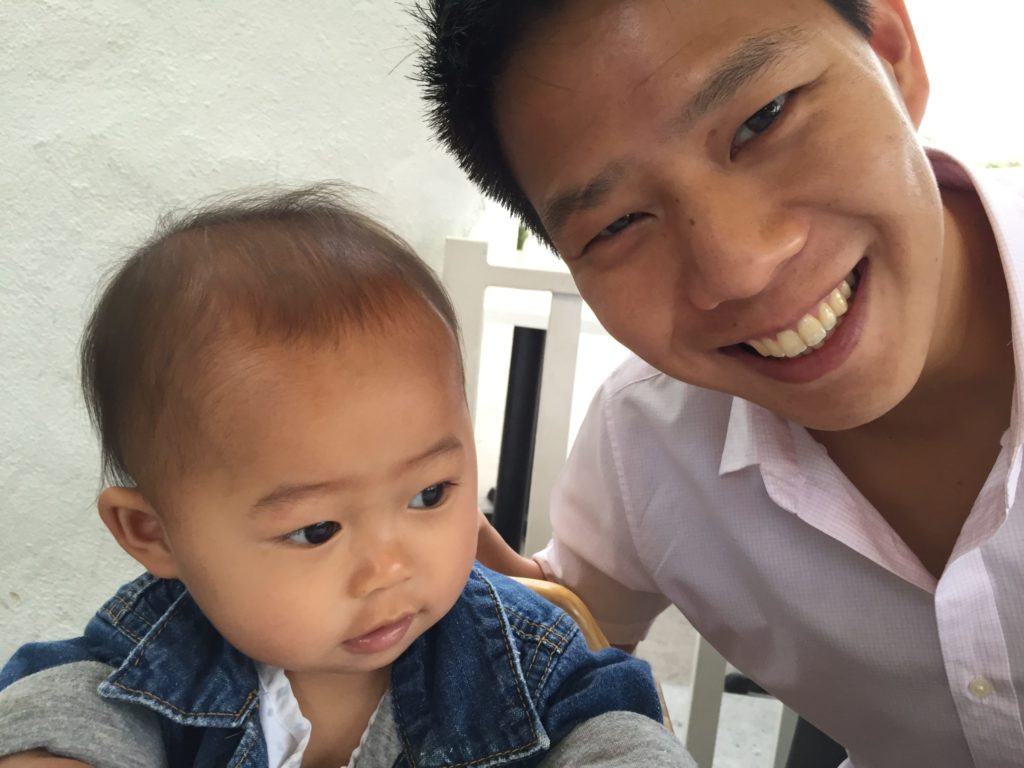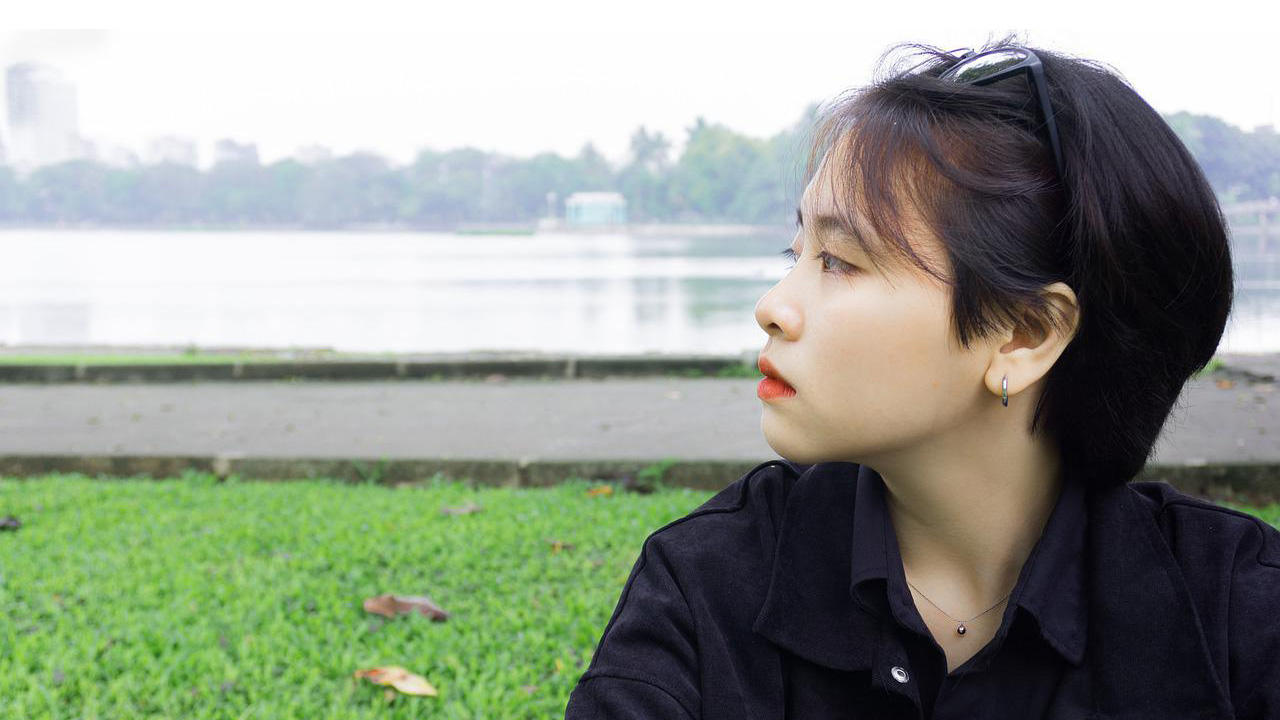Many transracial adoptees say they faced complex challenges, including racism, as children growing up Asian American in white families or predominantly white communities. Below, three adoptees discuss how their experiences as children have shaped how they parent their own kids.
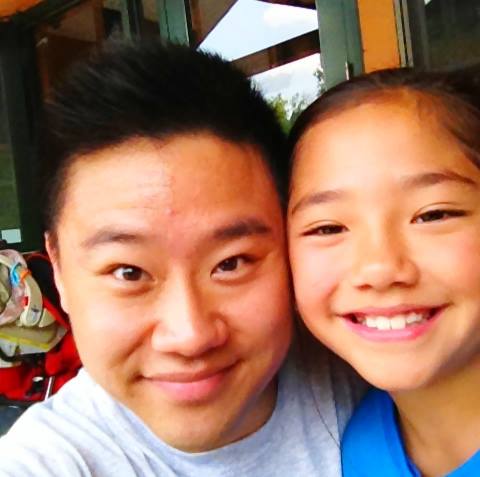
I was raised in Nekoosa, Wisconsin — a small town with a predominantly white population around 2,700 people.
I was a small Korean boy — an immigrant — with the last name Small, learning about race and ethnicity in the ‘80s. My peers tried to reconcile why an Asian-looking kid had white parents.
Where are your real parents?
So … does that mean they didn’t want you?
You’re not from North Korea are you?
Chinese!
For me, questions of belonging and self-worth landed on a very timid heart. I was already a racial and ethnic minority inside my home, and the public demand that I prove my worth made me feel awkward, unwanted and foreign, at best. At worst, I felt invalidated and dehumanized.
I did anything to fit in and feel accepted, sometimes at the cost of my own health and wellbeing.
Now, two decades later, my childhood experiences make me worry about my own daughter Kaitlyn, and what she’ll do to feel accepted, to “fit in.”
Pilots who have just flown a route often warn other pre-flight pilots with similar flight paths about potential weather hazards. I like that idea as it applies to parenthood.
Right now, I’m 34. Kaitlyn will be 12 in January.
I’ve guessed that her ability to tell others about herself, her identity and her heritage will be a lot more meaningful and satisfying if she can understand herself and those around her. So, I find ways to help her self-reflect, think critically and practice empathy. I’m proactive about the messages Kaitlyn might receive en-route to adulthood regarding what it means to be a woman and a minority person in the U.S. Whether it be about the books and T.V. shows she likes or her friends, their families and her teachers, I ask the same questions. What are they telling her? What is she hearing? We talk about that. I listen. I pray. I hope.
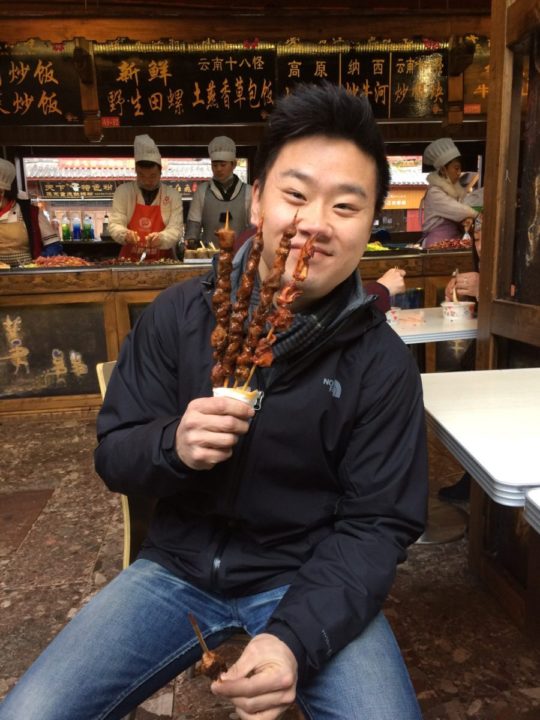
I remember my own experiences at adoptee summer camp. What an unspeakable joy it was to know that someone else totally understands you! I invite Kaitlyn into spaces like that, where she can meet positive role models whose identities intersect with hers, where she can see what’s possible when there’s choice, empowerment and faith.
There’s hope and universality in compassionate community support. When Kaitlyn can share, enjoy and process those simple moments with people like her, she’ll appreciate and respond skillfully to life when it’s not so simple or when people don’t have her best interests in mind. The more Kaitlyn can hear from those who’ve navigated similar questions of meaning in their “weather,” the more she’ll flourish, despite the here-and-now cloudiness. By cloudiness, I mean times when she might feel invalidated or dehumanized because of another person’s core beliefs about women and minorities.
Kaitlyn lives in a small, majority-white town in the heart of Wisconsin. I think about her experiences in the lunchroom with peers, or when she sees other girls like herself portrayed in magazines and media, or when she’s with friends at a birthday party or sporting event.
Unfortunately, not much has changed since the ‘80s. There’s still bullying, insensitive questions about race and stereotypes about women and minorities that feel as cold as a Midwest winter. Frustrating? Sure. But more than Kaitlyn needing to receive love and compassion wherever she goes, I trust there will be times when she needs to bring the love and compassion. What I can do as a parent is frequently inspire Kaitlyn to celebrate life in all its messiness and make the most of our short time with those around us.
We can do our best to change the weather, but in the meantime let’s grow through it together.
Cameron Lee Small | Madison, WI
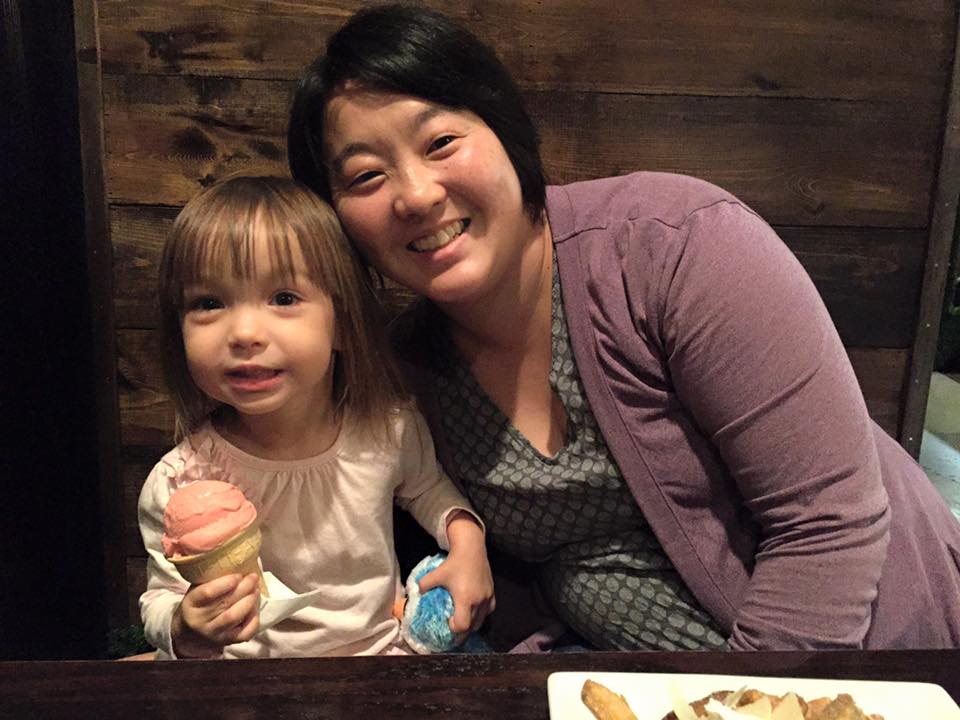
One of the most insidious forms of racism I experienced as a child was the internalized racism and self-loathing that developed in me, partly due to the lack of racial diversity in my every day life.
Almost every person I encountered as a child was white.
I lived with my all white family and all my relatives were white.
All my friends, classmates and teachers were white.
My doctor, dentist and pastor were white.
White was the standard I constantly compared myself to and, of course, I never measured up.
It was impossible for me to fit the mold that surrounded me and I suffered a kind of loneliness and self-rejection that no one around me ever knew I was experiencing. No amount of positive praise would have ever convinced me that I was pretty enough or good enough to be equal to the whiteness I longed for.
My experience as a child is why, as a parent to a half-Korean, half-white daughter, I am always conscious of who composes her world. When she looks at her community, can she see herself reflected back? That doesn’t mean that everyone she knows and interacts with needs to be half Asian and half white, but I know that it can’t be all white — which would be so easy to surround her with.
I consciously assess every toy I buy and every T.V. show that plays at home for diversity and role models my daughter can identify with, beginning with a physical similarity. I’ve constantly struggled to choose a doctor, dentist or preschool for convenience versus representation. There are ton of dentists in my neighborhood, but they are mostly white men. So now I have to look outside the convenience of my neighborhood to find a dentist who can create a baseline image of what a professional looks like for my daughter.
I know it seems harmless — choosing the more convenient option for a more diverse one— but I know from my own experience that choosing convenience is how you construct a world that inevitably reflects the most dominant race. I know what it feels like to feel lost in a world that people keep telling you that you belong to, but there is no physical evidence to support their claims.
As in any forensic examination, physical evidence is compelling, and it crystallizes whatever circumstantial claims are being put forth.
I am committed to creating an environment where my daughter will see herself, her mother and her father and many others reflected all around her. So when I tell my daughter that her place in the world is secure and true, it’s not just lip service. The physical evidence will make my claims concrete and, hopefully, she will navigate the world with a sense of belonging I did not experience.
Shelise Keum Mee Gieseke | Portland, Oregon
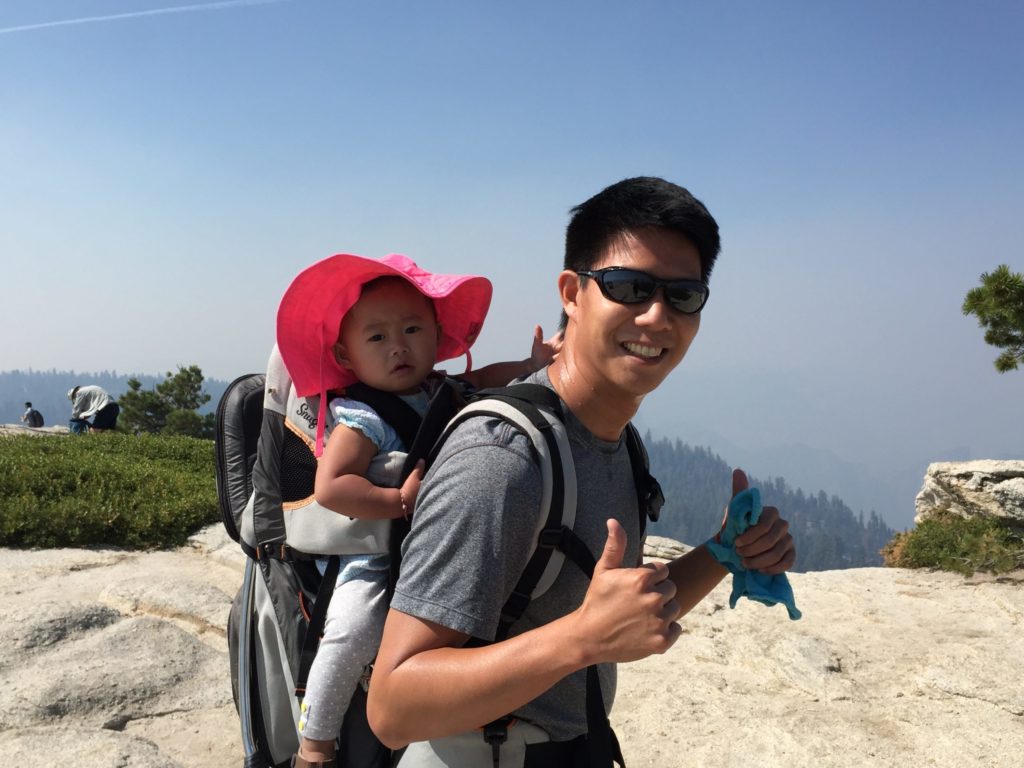
My biological daughter is 16 months old. She is half Chinese, half Hmong, and I’m hyper-aware of how outwardly friendly new people are to her. I think this parallels the experience of many adoptees.
Babies, in general — just like young adoptees accompanied by their adoptive parents — rarely encounter blatant racism. Because of her age, the racism I experienced as an Asian American has not affected how I’ve raised her to this point. However, as I look into her future, I know that it doesn’t take long for racism to rear its ugly head — a fact that makes me anxious about my role as her father.
I have been called “Chink,” “Chinaman” and other derogatory names; complimented on my good English; asked where I’m “really from”; stared at; denied service at a restaurant while with a large group of other Asian adoptees; and the list goes on. There are other instances where I’m pretty certain race has played a role in how I’m treated, because it’s often assumed that Asians are passive and won’t speak up against unfair treatment.
These experiences, along with my education, have taught me that racism is real.
Racism is perpetrated by individuals, but also embedded in the fabric of our society. And despite what society assumes, racism often targets Asian Americans.
I hold an advantage when it comes to teaching my daughter about racism because I study its complex history for my vocation.
I will make sure my daughter knows the history of Asian immigrants and Asian Americans, including exclusion laws that lasted until the 1950s and ‘60s; segregation that helped create opium dens, sunset laws and ethnic enclaves; internment and dropped bombs; as well as employment discrimination, racial resentment and hate crimes. These institutional forms of racism against Asian Americans have largely hinged on Asians being perceived as the enemy threat, forever foreigner or the model minority. And despite widespread beliefs that we’re living in a post-racial society, prejudice and discrimination continue to manifest in new ways.
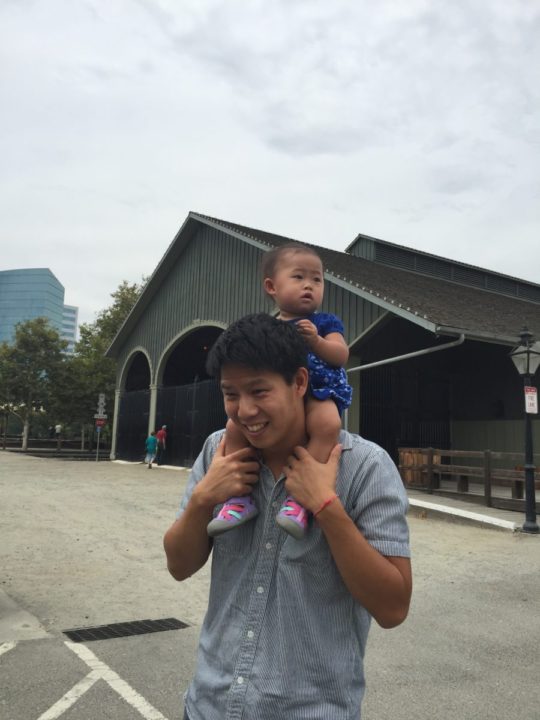
But I’ll also need to remember that my daughter’s experiences will be different from mine. She’ll encounter things that I, as a male, didn’t face. I will try to foster an open and strong relationship so she feels comfortable talking to me about her experiences, whether positive or negative. And for the times that she might confide in me about an incident of racism or sexism, I will make sure to listen to her story and affirm her feelings rather than simply telling her to ignore what others say.
Lastly, I’ll try to impart on her the various privileges that she might carry. She is a citizen, and her parents are middle class and educated. There are so many groups and categories that society fears, demonizes or dehumanizes. I will teach her to love with all of her heart, but also instill in her that racism and other forms of discrimination are real. I will tell her that we should use our experiences (good and bad), knowledge and privilege to work with others and fight the many forms of injustice.
Dr. Kit Myers is an assistant professor of history and critical race and ethnic studies at the University of California, Merced.
Click here for an age-by-age guide to talking about race and racism with your kids, written by Joemy Ito-Gates and Wei Ming Dariotis.
